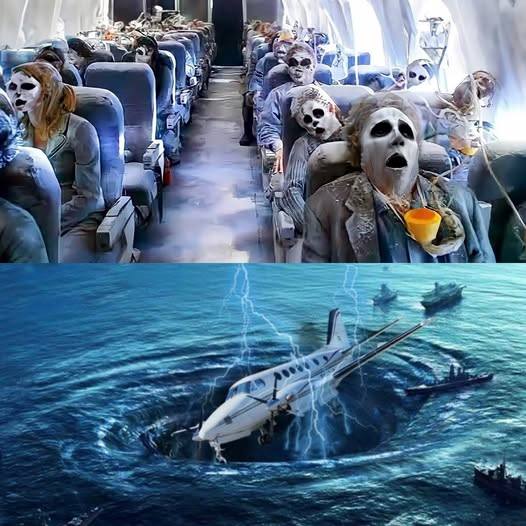MH370 Anomaly Detected: A Mystery Beneath the Waves

Few aviation mysteries have haunted the modern world as deeply as the disappearance of Malaysia Airlines Flight MH370 in March 2014. Carrying 239 passengers and crew, the Boeing 777 vanished during a flight from Kuala Lumpur to Beijing, sparking the largest and most expensive search in aviation history. Despite years of investigation, only scattered debris ever confirmed its fate. Now, more than a decade later, a potential breakthrough has reignited hope: sonar scans have detected an anomaly nearly 6,000 meters below the ocean’s surface—strikingly similar in size and shape to a Boeing 777.

A Possible Breakthrough in the Search
The anomaly was identified using advanced sonar mapping technology in a remote sector of the Indian Ocean, long suspected to be the aircraft’s resting place. Its dimensions closely match those of a Boeing 777, immediately raising the possibility that the wreckage of MH370 may finally have been located.
In response, deep-sea drones and autonomous submersibles have been deployed to investigate the site. These machines, capable of withstanding immense pressure at extreme depths, are expected to capture high-resolution images and potentially confirm whether the anomaly is indeed the missing plane.
Why This Discovery Matters
If verified, the find could close one of aviation’s darkest chapters. The disappearance of MH370 not only devastated families but also raised troubling questions about airline safety, tracking technology, and international cooperation. Identifying the wreckage would provide long-awaited closure to relatives of the victims, who have endured a decade of uncertainty, speculation, and conspiracy theories.
From a technical standpoint, recovering data recorders—if they are still intact—could shed light on what caused the plane to veer off course and vanish. Was it a catastrophic mechanical failure, deliberate human action, or a chain of events still unknown? Answering these questions would be critical for aviation safety worldwide.
The Ocean’s Reluctant Secrets

The discovery also underscores the immense challenges of deep-sea exploration. The ocean, covering more than 70% of Earth’s surface, remains largely uncharted. At depths of nearly 6,000 meters, light cannot penetrate, temperatures hover near freezing, and pressure is more than 600 times that at sea level. In such conditions, wrecks can lie hidden for decades, preserved in eerie silence.
That MH370’s possible resting place could remain undetected for so long is a reminder of how vast and unforgiving the ocean is. It is both a graveyard and a guardian of secrets, keeping history locked away until technology allows us to look deeper.
Conclusion
The detection of a Boeing 777–sized anomaly beneath the Indian Ocean may represent the most promising lead in the search for MH370 in over a decade. While confirmation is still pending, the discovery has rekindled hope that the mystery may finally be solved. Whether it proves to be the aircraft or another oceanic formation, the search highlights the limits of human knowledge and the enduring power of the sea. For now, the world waits as investigators probe the depths—hoping that one of aviation’s greatest tragedies may at last find resolution.











